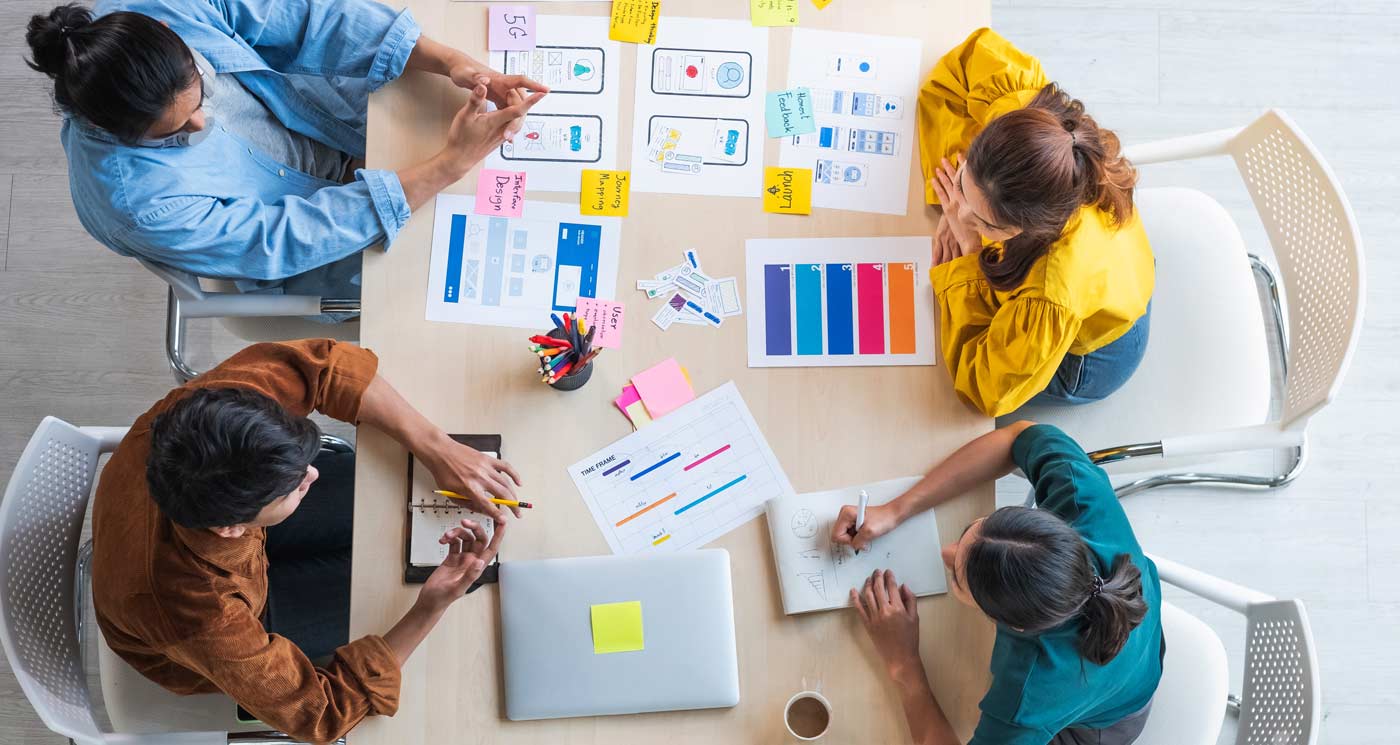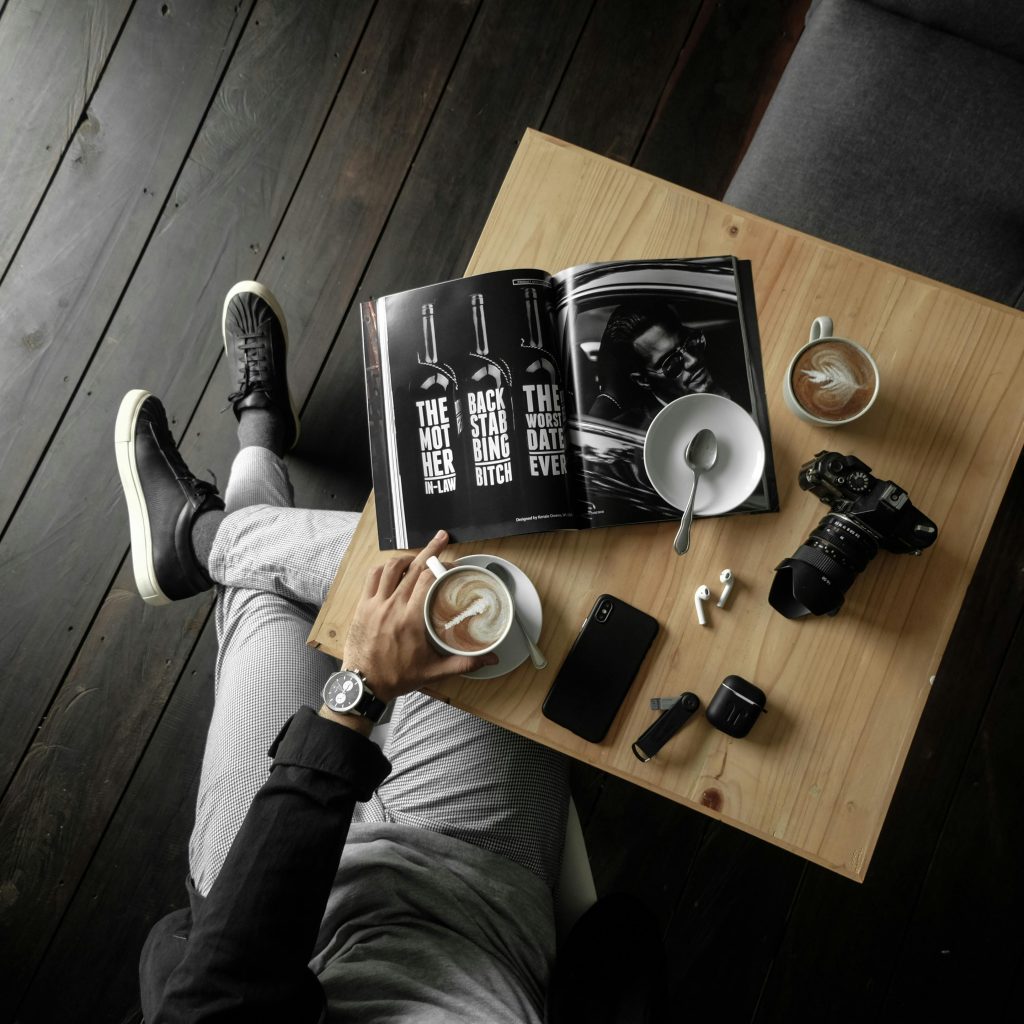In today’s fast-paced and interconnected world, collaboration has become a cornerstone of success in various industries. Design collaboration, in particular, has emerged as a powerful tool for enhancing creativity and efficiency in the field of design. By bringing together diverse perspectives, skill sets, and experiences, design collaboration enables teams to create innovative solutions that meet the needs of clients and users. This article explores the benefits of design collaboration software and provides insights into how it can be effectively implemented to drive better outcomes.
1. Fostering a Culture of Collaboration
Collaboration is not just a buzzword; it requires a cultural shift within design teams. To foster a collaborative environment, it is essential to establish open lines of communication, encourage active participation, and promote a sense of shared ownership. By creating a safe space for ideas to be shared and discussed, team members can overcome individual biases and tap into the collective intelligence of the group. Additionally, fostering a culture of collaboration promotes trust and strengthens relationships among team members, leading to increased productivity and job satisfaction.
2. Leveraging Diverse Perspectives
One of the key advantages of design collaboration is the ability to leverage diverse perspectives. When individuals from different backgrounds come together, they bring unique insights and approaches to problem-solving. This diversity of thought can lead to more innovative and well-rounded design solutions. By encouraging team members to share their perspectives and actively seek out input from others, design teams can break free from conventional thinking patterns and explore new possibilities. Embracing diversity in design collaboration ultimately leads to more inclusive and user-centric outcomes.
3. Enhancing Creativity through Iterative Processes
Design collaboration often involves iterative processes, where ideas are continuously refined and improved upon through feedback loops. This iterative approach fosters creativity by allowing designers to explore multiple possibilities and experiment with different solutions. By soliciting feedback from team members and stakeholders at various stages of the design process, designers can gather valuable insights and make informed decisions. This collaborative feedback loop not only enhances the quality of the final design but also empowers team members to take ownership of their work and contribute to its evolution.
4. Streamlining Workflows and Increasing Efficiency
Design collaboration can significantly streamline workflows and increase efficiency within design teams. By breaking down silos and promoting cross-functional collaboration, teams can leverage each other’s strengths and expertise. This collaborative approach reduces duplication of efforts, minimizes errors, and accelerates the design process. Additionally, design collaboration tools and platforms enable real-time collaboration, allowing team members to work together seamlessly, regardless of their physical location. This level of efficiency not only saves time but also enables teams to deliver high-quality designs within tight deadlines.
Design Collaboration Tools
In today’s fast-paced digital landscape, collaboration is key to success in the design industry. Designers and creatives often find themselves working on projects with team members spread across different locations and time zones. This is where design collaboration tools come into play, providing a centralized platform for seamless communication, file sharing, and project management.
Centralized Project Management
Keeping track of project timelines, tasks, and deadlines can be a daunting task. Design collaboration tools offer robust project management features that simplify the process. Team members can create tasks, assign them to individuals, set deadlines, and track progress all in one place. These tools often provide visual representations of project timelines, allowing team members to see the bigger picture and identify potential bottlenecks. With notifications and reminders, everyone stays informed about upcoming deadlines and important updates, ensuring that projects stay on track.
Version Control and Design History
Design collaboration tools also offer robust version control capabilities, allowing designers to keep track of design iterations and changes. This ensures that no design is lost or overwritten, and designers can easily revert to previous versions if needed. Additionally, these tools maintain a detailed design history, providing insights into the evolution of a project. Designers can review past decisions, understand the rationale behind certain design choices, and learn from previous iterations. This historical perspective can be invaluable for future projects and continuous improvement.
Conclusion:
Design collaboration is a powerful tool that can transform the way design teams work. By fostering a culture of collaboration, leveraging diverse perspectives, embracing iterative processes, and streamlining workflows, design teams can enhance creativity and efficiency. The benefits of design collaboration extend beyond the final product; it also nurtures a sense of camaraderie among team members and promotes professional growth. As the design industry continues to evolve, embracing collaboration will be crucial for staying ahead of the curve and delivering exceptional design solutions. So, let us embrace the power of design collaboration and unlock the full potential of our collective creativity.



